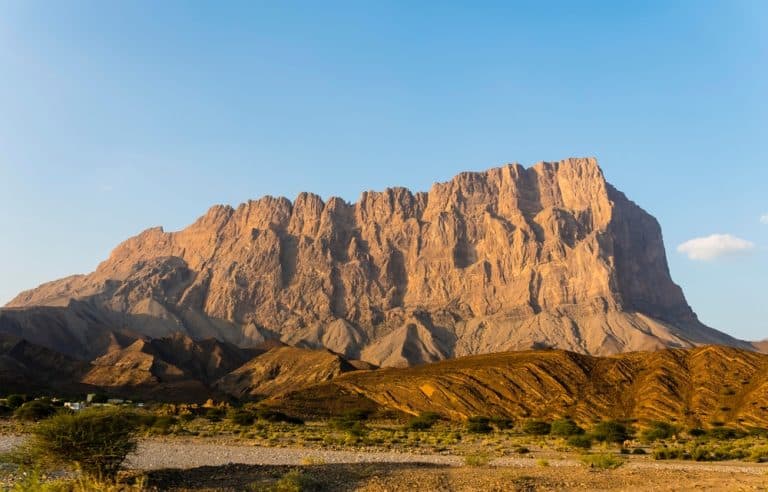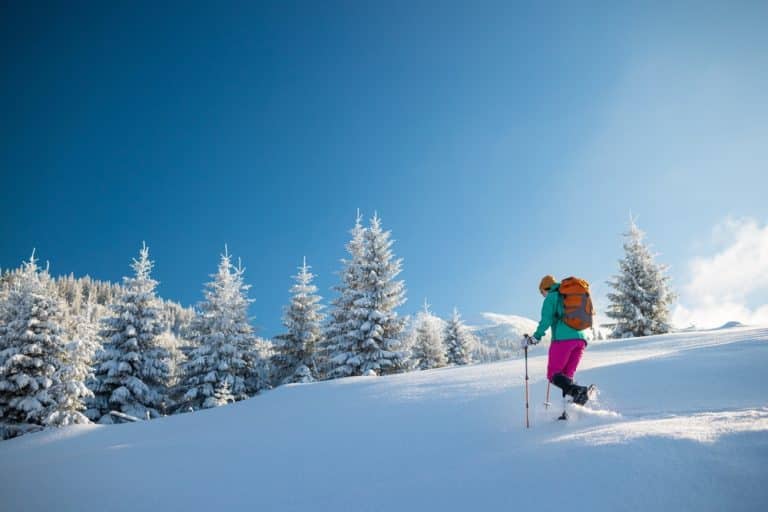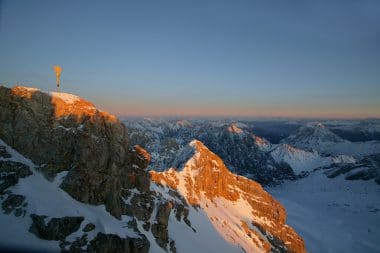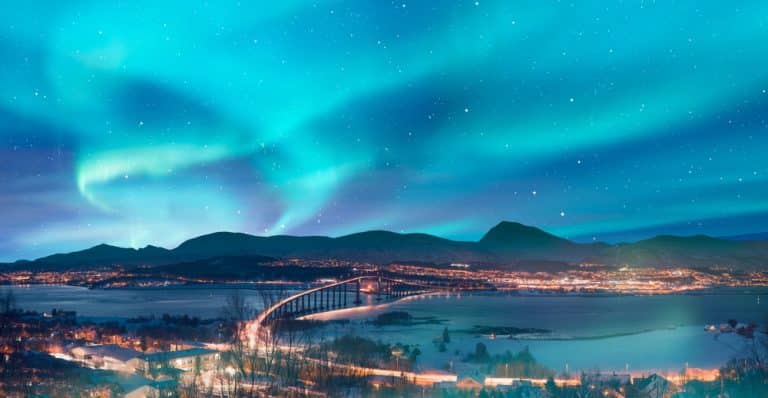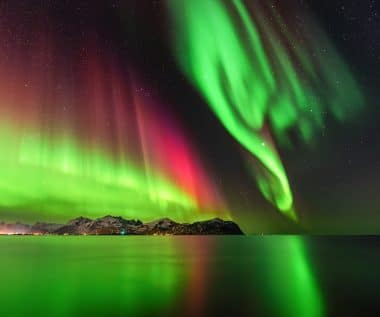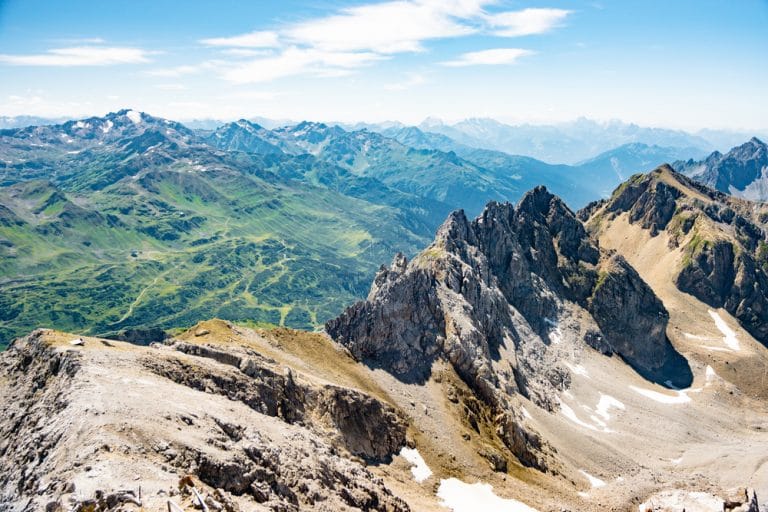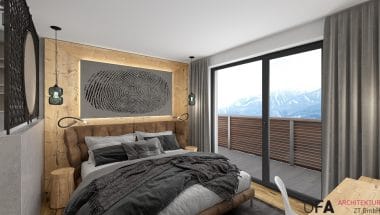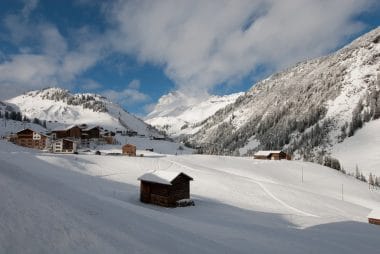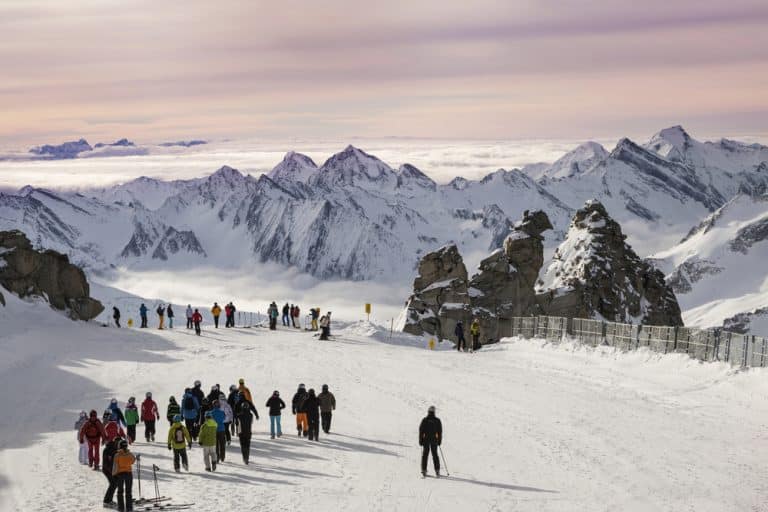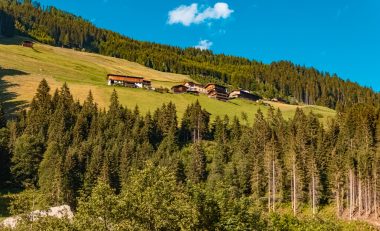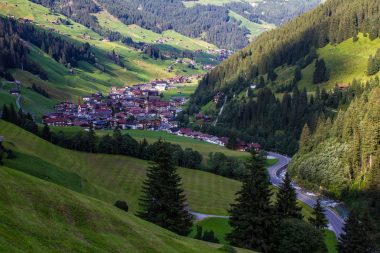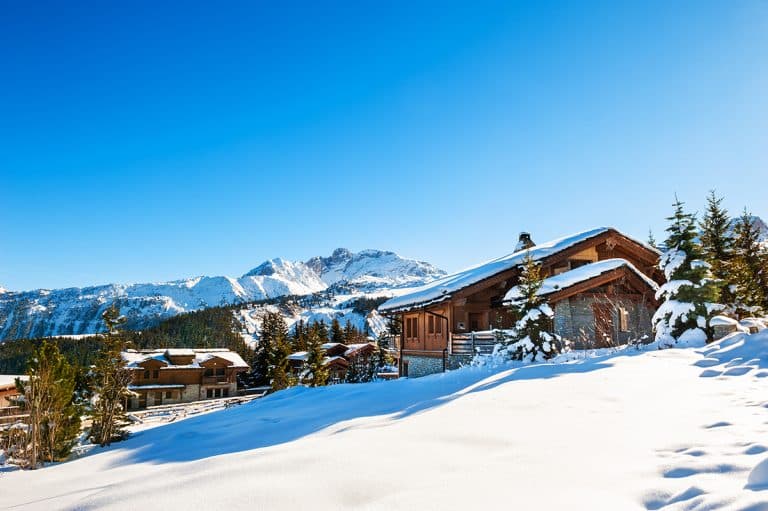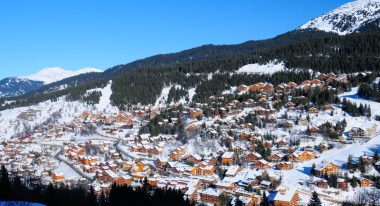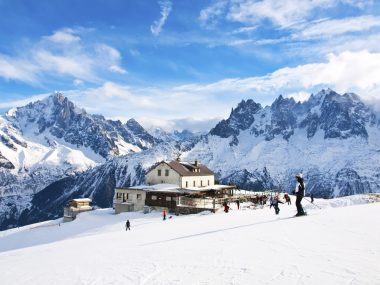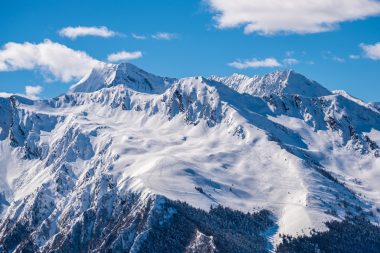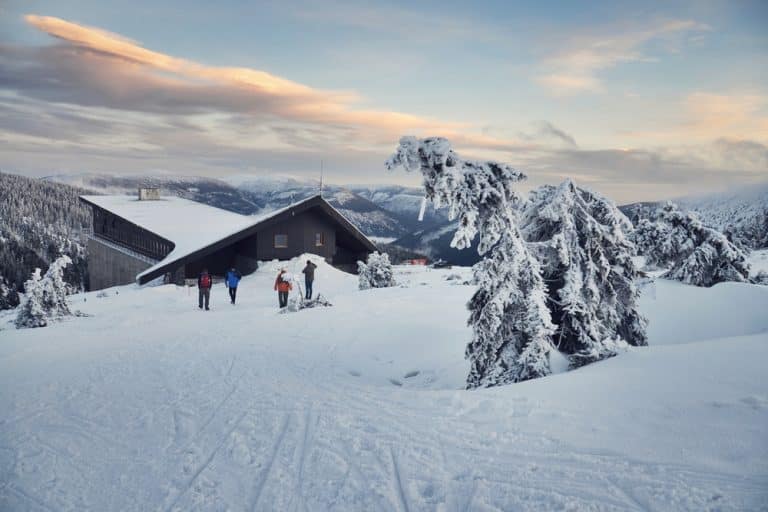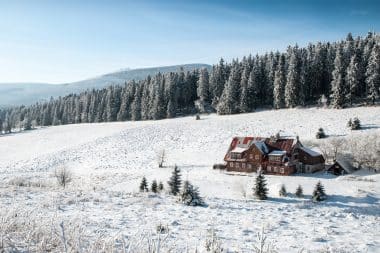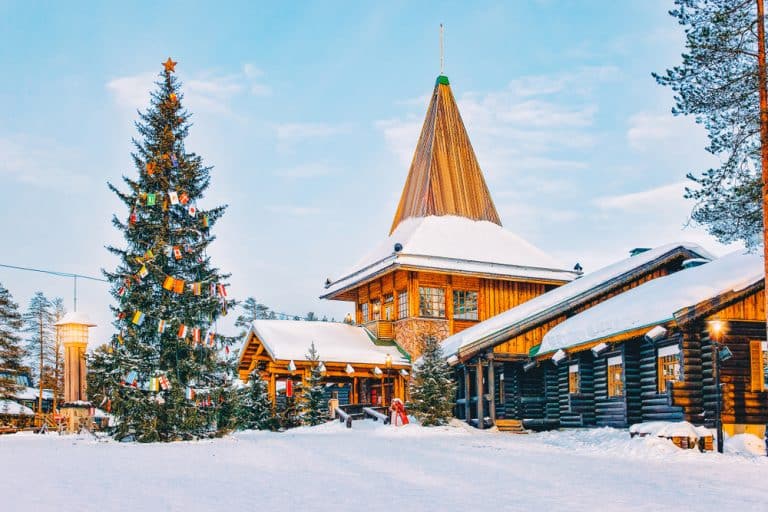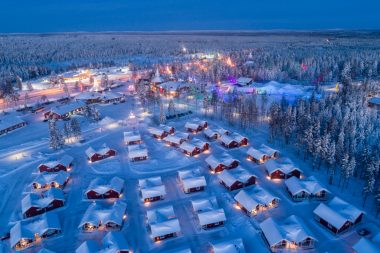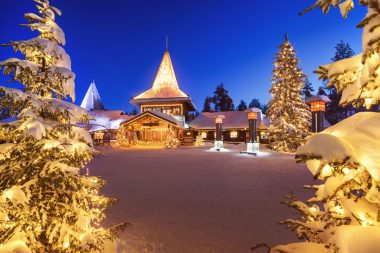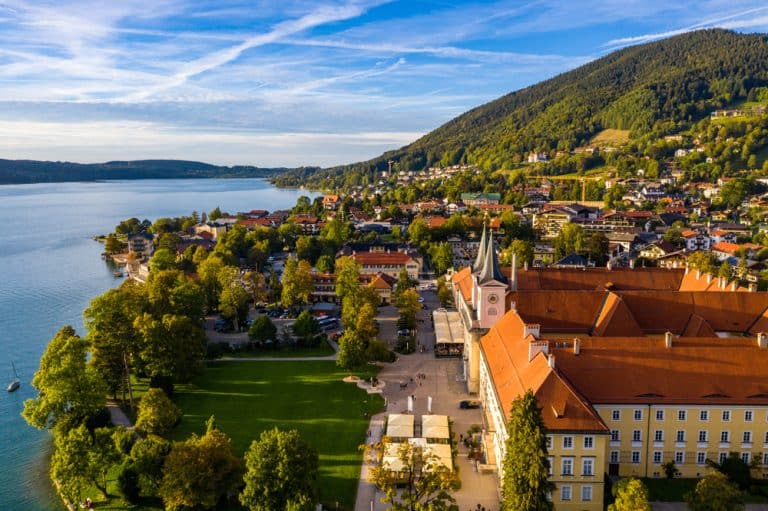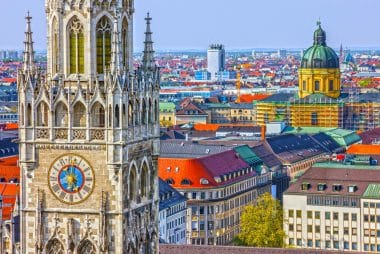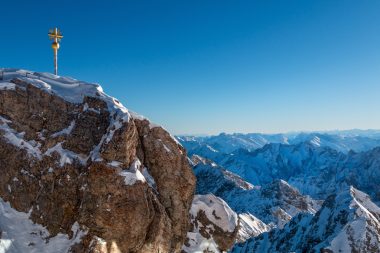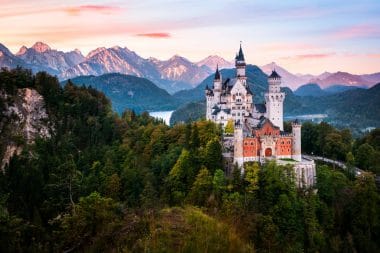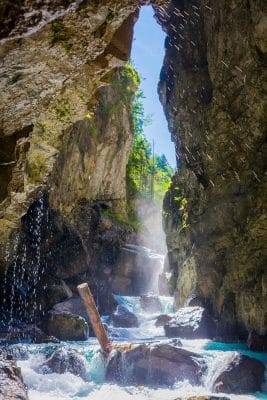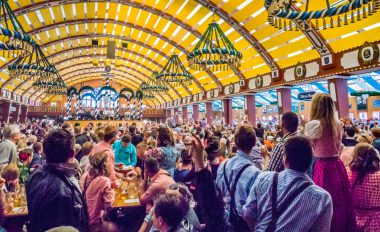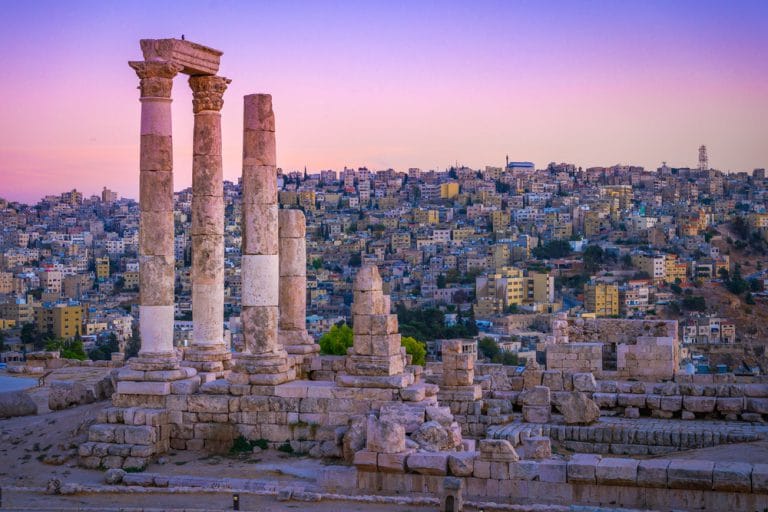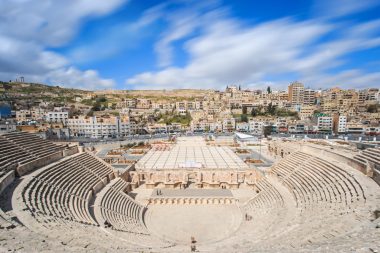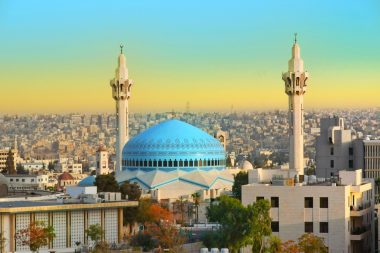Oman is known for its spectacular landscape, which includes deserts and coasts as well as impressive mountain ranges – a true paradise for climbing enthusiasts. Oman offers a variety of routes and climbing destinations that attract both beginners and experienced climbers. In this article, you will learn which destinations are particularly recommended, what equipment you need and what you should pay attention to as a climber in Oman.
1. Why Oman is a dream destination for climbers
Oman has established itself as an attractive destination for climbing tourists in recent years . The landscape is characterized by rock faces, canyons and plateaus that offer untouched routes and seclusion. Unlike in the popular climbing areas of Europe or America, you rarely come across large climbing groups in Oman. This creates an exclusive atmosphere and allows for a unique climbing experience. The climate is ideal especially in the winter months, as the temperatures are pleasantly mild and little precipitation falls.
2. Popular climbing destinations in Oman
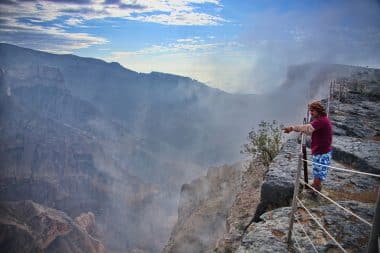
Oman offers a variety of climbing spots for all levels and preferences. Here are some of the most famous and popular climbing destinations in the country:
- Jebel Misht: The “Ridge of the East” is one of Oman’s most famous climbing mountains and offers some of the longest routes in the region. With rock walls up to 1000 meters high, it is an impressive destination for experienced alpine climbers. The “French Pillar” route is one of the most popular and challenging routes on Jebel Misht.
- Wadi Bani Awf: This wadi offers a mix of canyoning and climbing and is great for beginners and intermediate climbers. There are numerous easy to medium routes that run along the canyon and offer spectacular views.
- Jebel Shams: Oman’s highest mountain, also known as the country’s “Grand Canyon”, offers breathtaking climbing routes and bouldering opportunities. The “Via Ferrata” is particularly popular and offers a safe way to combine the climbing adventure with a breathtaking panoramic view.
- Wadi Dayqah: This valley is an insider tip for sport climbers and offers a wide range of sport climbing routes of various levels of difficulty. Here you will find limestone cliffs that are particularly grippy and ideal for long climbs.
- Bandar Al Khayran: For climbers who enjoy the proximity to the sea, Bandar Al Khayran is a fascinating spot. Here you can climb directly above the waves and cool off in the water after the tour – a special experience for all sport climbers and adventurers.
3. The right equipment for climbing in Oman
When climbing in Oman, suitable equipment is indispensable in order to be safe in the sometimes harsh and hot environment. Here is the most important basic equipment for a climbing tour in Oman:
- Climbing rope and safety equipment: A high-quality climbing rope, belay devices and carabiners are essential. Since some routes are very long, you should also pay attention to the length of the rope.
- Climbing shoes and helmet: Non-slip climbing shoes are a great advantage, especially with limestone. A helmet is essential, as in some areas the rock texture means that stones can fall.
- Climbing harness and chalk bag: The harness must fit well and be comfortable, as some routes in Oman can take a long time. Chalk bags ensure dry hands and better grip on the rocks.
- Sun protection and enough water: In the Omani sun, it can quickly get very hot. Hat, sunscreen, and enough water are essential to protect yourself from the sun and stay hydrated.
- Canyoning equipment: For canyoning combinations, waterproof backpacks, wetsuits and waterproof ropes are beneficial. Especially in the wadis, it often happens that you have to hike or swim through water.
4. Tips for climbers: What you should consider in Oman
Rock climbing in Oman can be challenging due to the remote areas and hot conditions. Here are some helpful tips to plan your climbing tour in the best possible way:
- Best time to travel: The best climbing season is from November to March, when temperatures are milder and less rain falls. In the summer months, it is often too hot to climb in the sun.
- Tour planning: There are many undeveloped routes in Oman, which makes navigation and planning a bit more challenging. It is advisable to take detailed maps or GPS devices with you and find out about the route in advance.
- Respect for nature and culture: Oman is known for its hospitality and beautiful nature. Be sure to protect nature and be respectful of the locals.
- Plan for experience: Some of the more remote and challenging routes, such as Jebel Misht, require alpine climbing skills and a good level of fitness. For beginners, guided tours offered by local climbing guides are recommended.
- Avalanches and rockfall: Although Oman is not a typical country for avalanches, stones can fall due to rain and erosion. Find out about the safety situation and possible weather conditions before each tour.
5. Sustainable climbing and nature conservation in Oman
Sustainability and the protection of nature are also of great importance in climbing. Oman is a country with sensitive flora and fauna, and many of the areas where climbing takes place are not only scenically but also ecologically valuable:
- Take garbage with you: Take back any garbage and leave the areas clean. There is no garbage disposal in the desert and mountains, so it is important to dispose of waste properly.
- Do not disturb wild animals: Especially in the wadis there are a variety of birds and other wildlife. Stay on the paths and avoid disturbing or scaring away animals.
- Consideration for culture and locals: In remote areas, you may encounter Bedouin tribes. They lead a traditional life that must be respected. Ask permission before taking pictures and respect sacred or culturally significant places.


